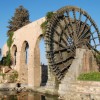Towards the end of March, while Marius and I were still travelling around India, we couldn’t stop our thoughts drifting towards April and our much anticipated trip to Nepal to trek to Everest Base Camp (EBC) in the Sagarmartha National Park. The Sagarmartha National Park covers an area of 1,150km2 in the heart of the Himalaya at the eastern end of Nepal and contains some of the worlds highest mountains. To visit there area is every hiker and mountaineers dream, so we were frothing at the idea of being in such a spectacular place. By the way, Sagarmartha is the Nepalese word for Mt Everest, Chomolungma is the Tibetan name which the Sherpa people who live in the National Park refer to it as seeing their culture is derived from Tibet.
This was especially true seeing we had just recently read Edmond Hillary’s Biography detailing his adventures and work in the Himalayan area. So yes, in all honesty we were super excited about spending a few weeks amongst the highest mountains in the world. We weren’t sure of the specifics regarding getting to Everest Base Camp, we just assumed we’d turn up and organize an intrepid trip ourselves instead of joining a tour group.


The Nepal leg of the journey didn’t begin well for Marius, while riding atop the bus to Kathmandu through the Nepalese countryside from the Raxaul Birganj Border crossing (we were issued a 30day tourist visa at the border which cost $40USD) as he was struck down by a stomach bug (which are very common when travelling through South Asia). A pity really as that meant he couldn’t fully enjoy the classic Nepalese experience – riding on the roof of the local bus through the mountains with other locals. To be fair I didn’t last long on top; the swaying from side to side as we rounded hillside corners was just a bit much for me... I figured I’d have a better chance of surviving inside the bus, if and when, it rolled!
We would spend a week in Kathmandu organizing permits, flights, gear (90% of which is original fakes) etc. which was time consuming, but fairly straight forward as trekking is big business in Nepal so the tourist area in the capital is well set up for hikers and travellers. While in Kathmandu we would take the opportunity to purchase hiking gear we’d need over the next three weeks as there were plenty of stores which had all you needed and great prices. At the end of our trekking adventure we would send a lot of this extra equipment home to New Zealand.
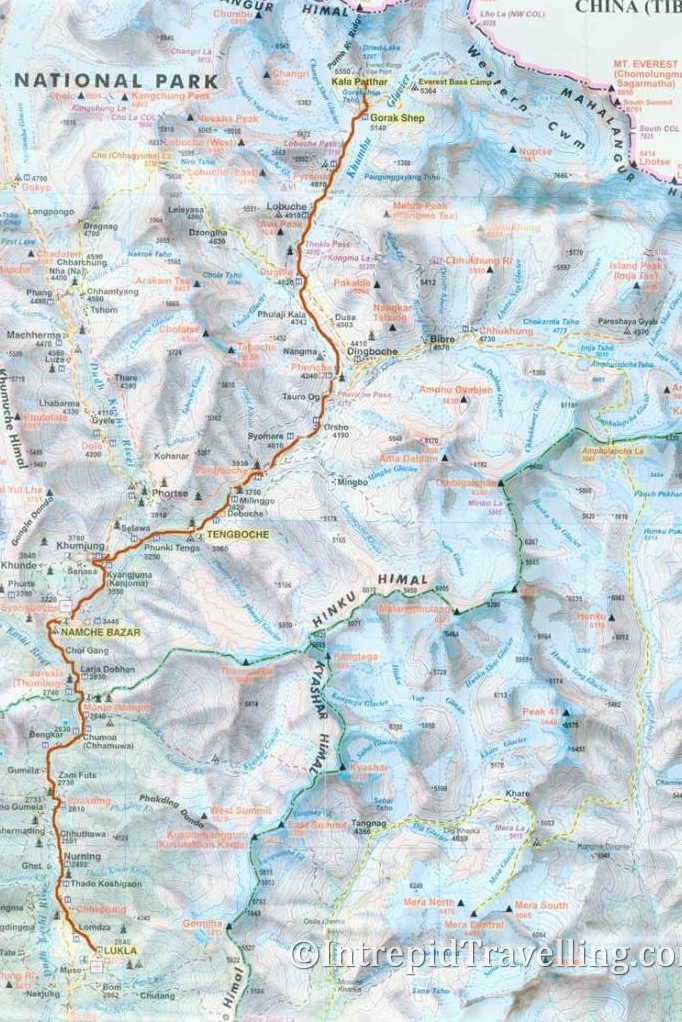
The map shows the location of Lukla and Mt Everest (along with a few other relevant places and the route we would walk) which lies on the border with Tibet. Our objective was to make it to Everest Base Camp, but seeing that is only a 12 day round trip (we had given ourselves about 20 days) we had time to explore other valleys and peaks in the park. We would aim to climb Chhukhung Ri and Gokyo Ri along with crossing the Cho La Pass and Kongma La Pass.










During our week in Kathmandu we overheard a guy named Struan (later to be known as Gollum) talk about how he was planning on doing the Everest Base Camp trek alone. Sharing a love of the local sandwiches ( we were in a sandwich joint in Kathmandu at the time) we promptly befriended Straun and invited him to join Marius and I on our trip; the more the merrier!
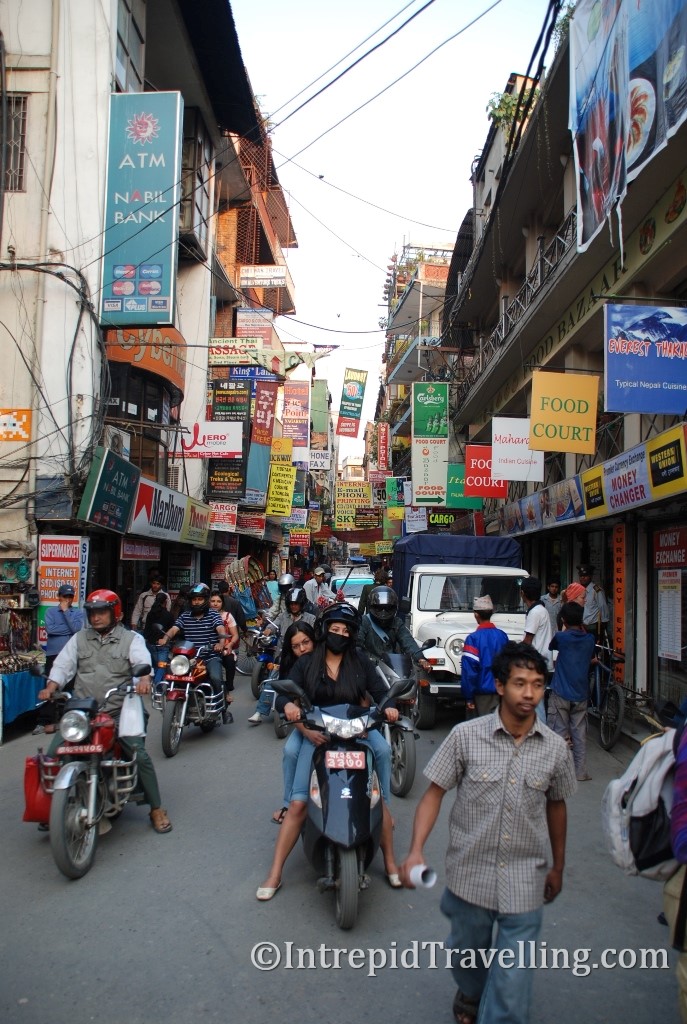





There are no roads connecting the Sagarmatha NP with the outside world, so everything must be carried in by porter from Lukla; where we would arrive by plane to begin our trek instead of walking the extra five days from the nearest road. Lukla airport was constructed largely due to the efforts of Ed Hillary and his Himalayan Trust to make the area more accessible. Of course landing and taking off on a hillside airstrip surrounded by mountains that’s on a 12 degree slope and only 500m long is a great rush, but it has helped develop the area and make it more accessible for millions of hikers and climbers.





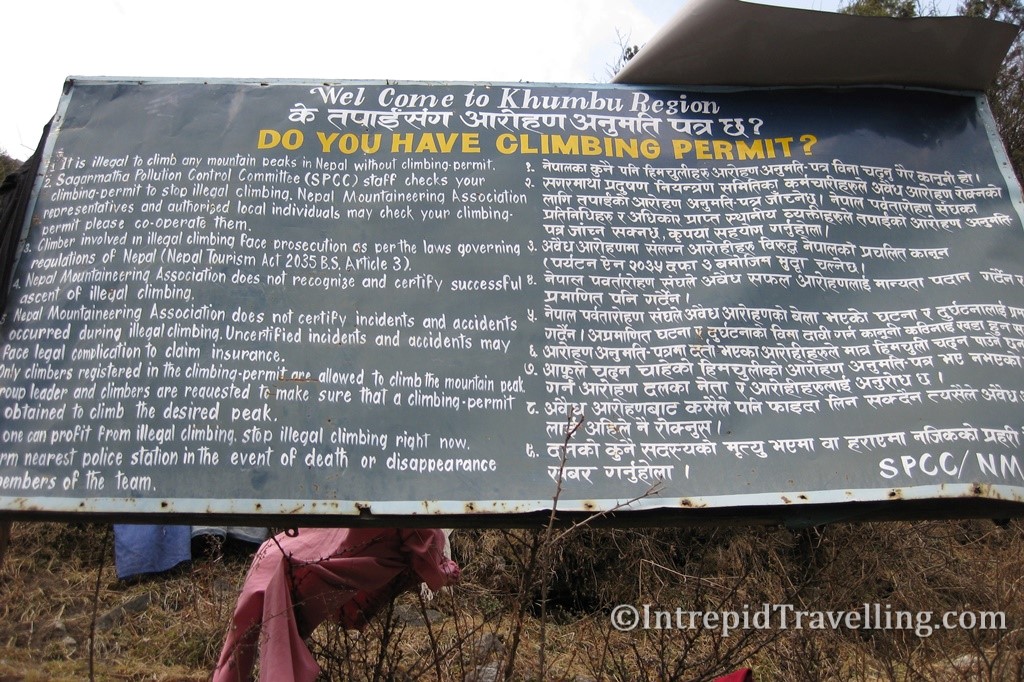




Carrying our own supplies, we realized, was somewhat uncommon as about 90% of the other tourists we passed along the trails had porters carrying their supplied and a guide guiding them (often they were part of an organized tour group). However, being experienced hikers (and Kiwis with the ‘do it ourselves’ attitude) we had neither guide nor porter, so we navigated and carried everything ourselves. This wasn’t necessarily the an easy option, and certainly not feasible for all, as after hearing how expensive food was (which is understandable as it all needs to be carried in by hand or helicopter) in the furthest reaches of the Solu Khumbu valley (the main valley leading to EBC) we decided to take extra snacks with us. However this would mean I would start out trekking with a pack weighing 24kg, which I can assure you was no ‘walk in the park’...

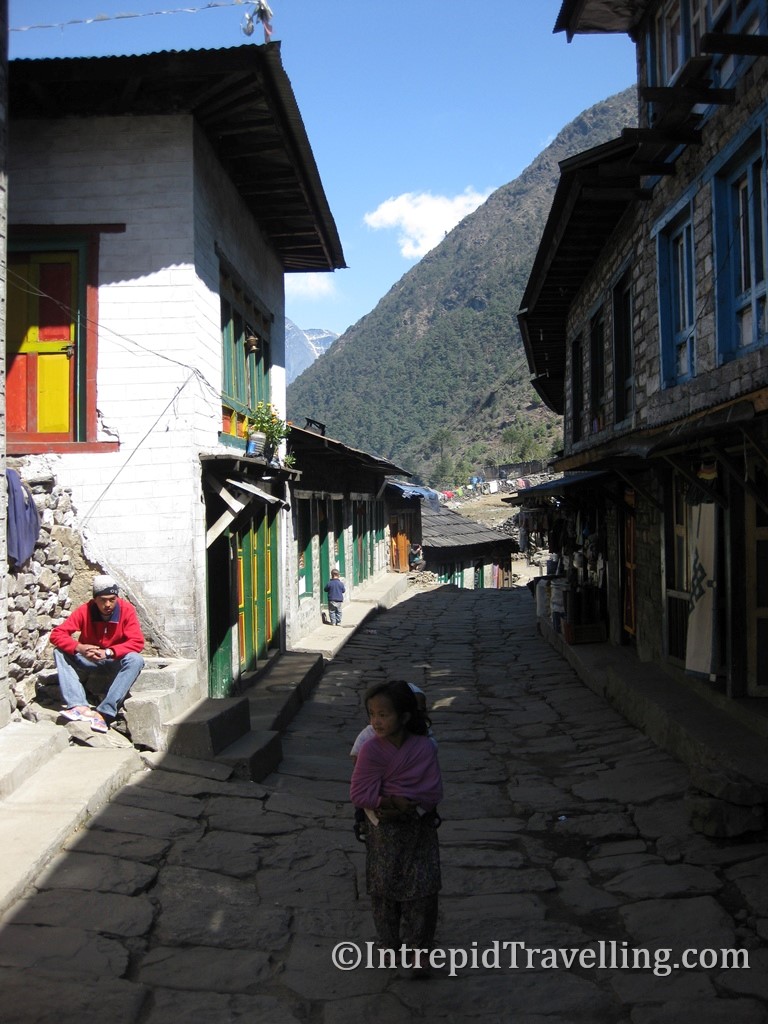

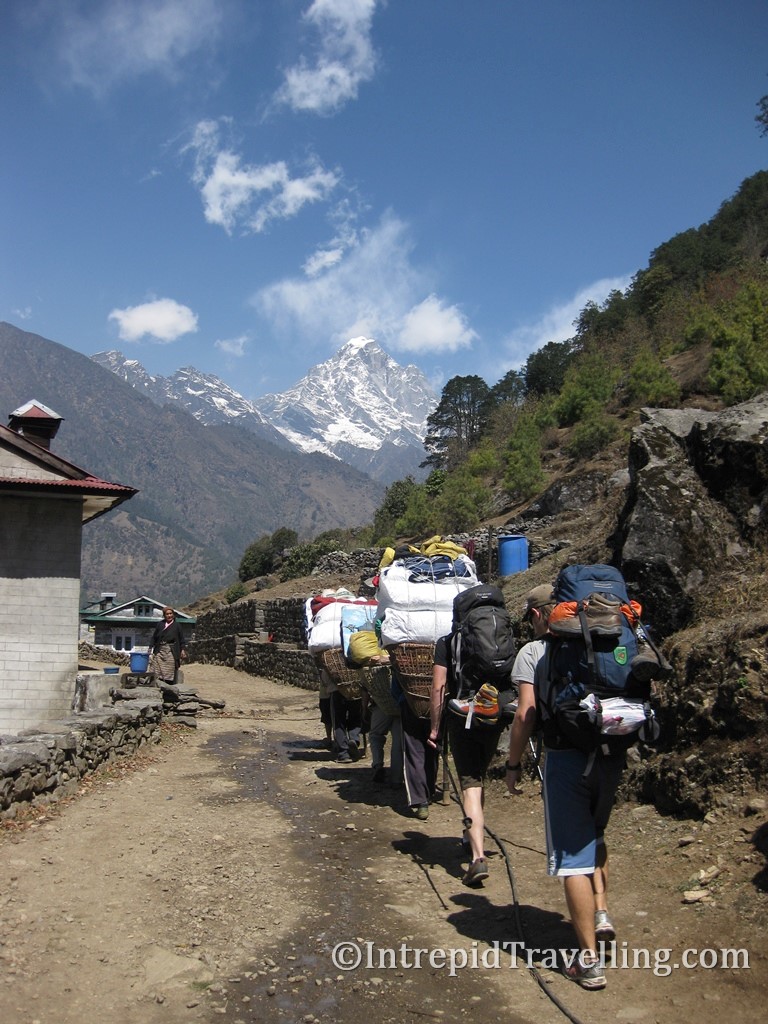


Our complaining about sore shoulders and tired legs, on account of our packs, ground to a halt when we came across porter after porter (many of them the local Sherpa men and women) carrying quite unbelievable loads. One local Sherpa man we passed as he was taking a break halfway up the 600m high hill that leads to the village of Namche Bazar from the Dudh Koshi River, his ‘pack’ weighed 107kg, 107!!! So it will be of no surprise that our complaints about weight quickly faded after meetings like these. Espescially when further along the trail we came across a guy hauling up an iron pipe to be used in the construction of a small hydro power plant, weighing a meager 110kg! These guys are the real supermen.


